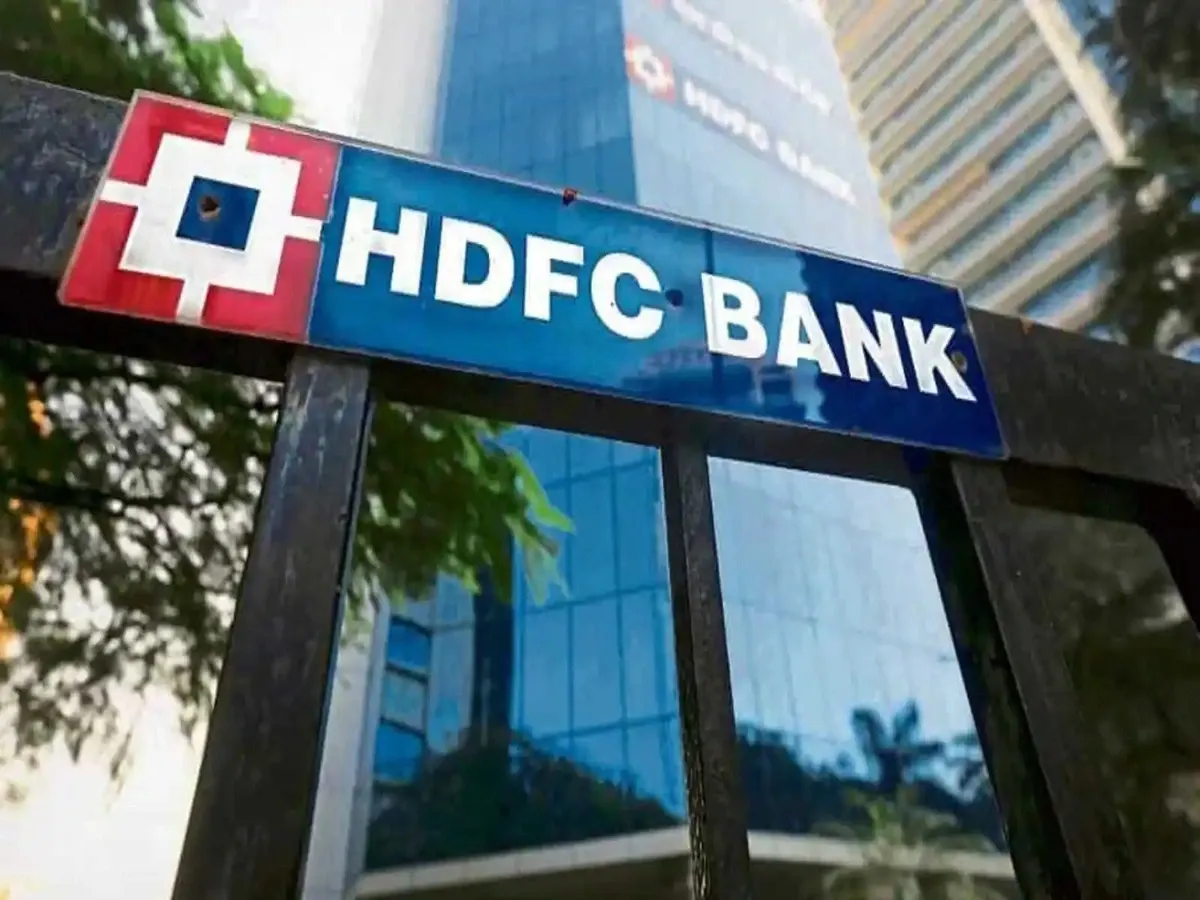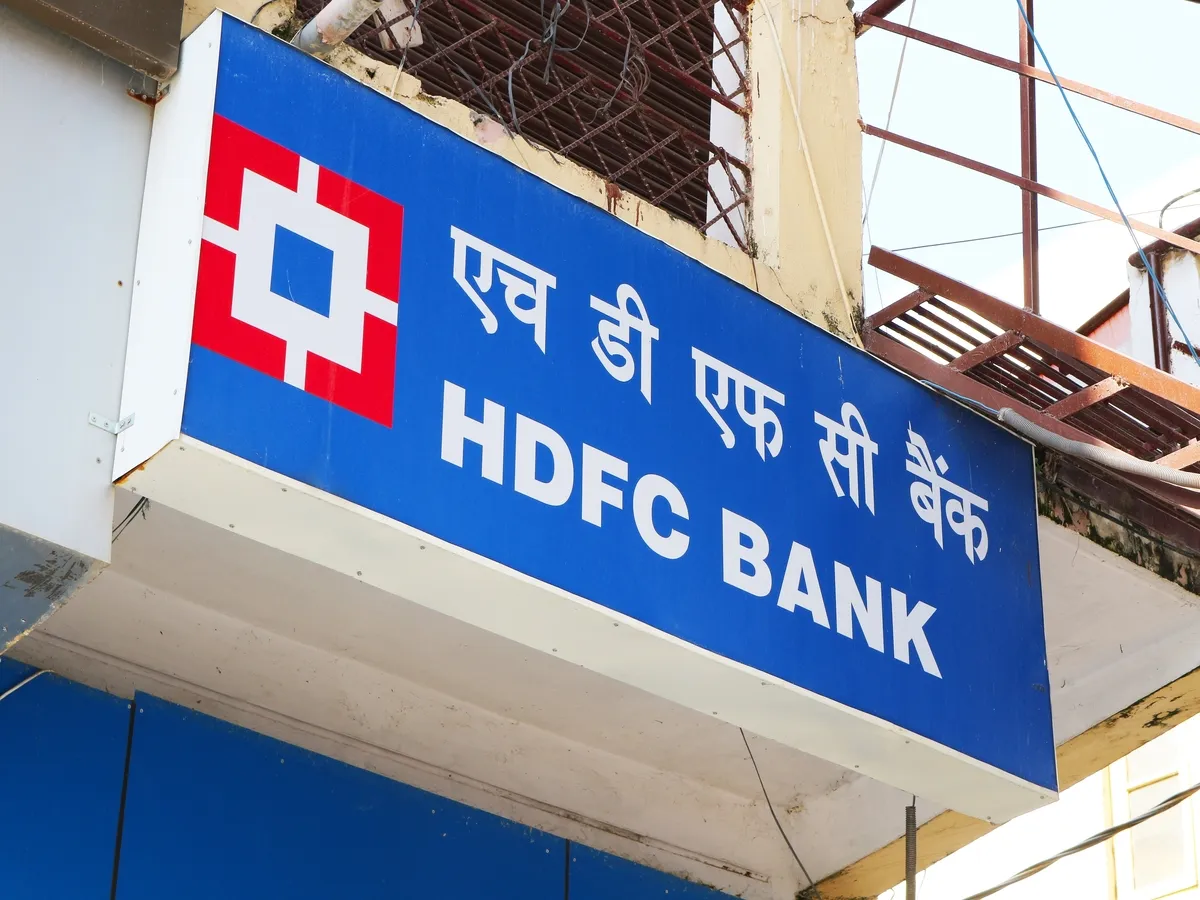Market News
Is HDFC Bank poised for strong growth in FY26? Here’s what Q4 results tell us

4 min read | Updated on April 21, 2025, 20:01 IST
SUMMARY
HDFC Bank’s Q4FY25 results indicate a better position in terms of handling the deposit mobilisation crisis. The overall deposit growth exceeded the lending growth and brought down the credit-deposit ratio to 96 from 110 at the peak. The improvement in the balance sheet situation was accompanied by 34% jump in the share price from 52-week low touched last year.
Stock list

Experts believe the bank is poised for credit growth in line with industry expectations.
This was largely driven by a strong 5.4% YoY jump in advances at ₹26.19 lakh crore as compared to ₹24.8 lakh crore in the Q4FY25. Similarly, the deposits remained strong at ₹27.14 lakh crore, which grew 14% YoY.
Following the strong results, the HDFC Bank share price jumped to a new 52-week high of ₹1,950 apiece on the NSE. The stock has gained more than 34% from the low of ₹1,420 touched last year. The rally to record high levels was driven by multiple factors, including sectoral tailwinds and company-specific developments.
Improvement in the cost of borrowing
HDFC Ltd merged with HDFC Bank in FY23- 24. The impact of the merger was largely visible in the first three quarters of FY25 as the bank witnessed a sharp increase in its cost-of-borrowing, which led to margin contraction. Since HDFC Ltd was an NBFC (non-banking financial corporation), its source of funds was primarily from borrowings, whereas banks rely on deposits. Following the merger, HDFC Bank’s borrowings as a percentage of total liabilities jumped from 8% to 21% in Q3FY24. However, HDFC Bank’s efforts on better deposit mobilisation have brought this percentage down to 14% in Q4FY25. The lower the borrowing components in the cost-of-funds, the higher the margin expansion.
Superior deposit mobilisation
As the bank struggled with the high cost of borrowing, it was crucial for the management to efficiently take the bank out of the risk-prone areas. After the merger, HDFC Bank’s balance sheet swelled with assets and liabilities from the HDFC Ltd. The lending profile surpassed the deposit growth. This could have turned risky in a recessionary period, if deposits were liquidated and the bank could have failed to serve the deposit holders.
The Q4FY25 results show strong growth in deposits at ₹27.14 lakh crore, 14% higher than the same quarter last year. The CASA ratio stood at 35% for Q4FY25, slightly better than the previous quarter at 34%.
Ready for strong credit growth
Due to a poor deposit profile, the bank was forced to take a step back in lending, which impacted its interest income. After the merger, the bank’s credit-deposit ratio rose to 110, which is a sign of worry for any bank as it indicates that the lending is growing faster than its deposits. For Q4FY25, the credit-deposit stood at 96, which is more under control as compared to the previous year.
HDFC Bank, in its FY24 annual report, said that its advances are expected to grow at a slower pace than its deposit growth. As a result, we saw a 7% YoY rise in advances as compared to a 14% jump in deposits in Q4FY25. However, as the concerns of lower deposits subside, the bank may now focus on bringing back its advances growth to a high double-digit growth rate.
Experts believe the bank is poised for credit growth in line with industry expectations. The concerns of poor deposit mobilisation and higher cost-of-funds, which soured investor sentiments for the past few quarters, have now subsided. In addition, the bank also looks healthy with strong asset quality as GNPA and NNPA stood at 1.3% and 0.4% respectively. The capital adequacy ratio of 19.6% underscores confidence in its capacity to serve high credit demand.
Related News
About The Author
Next Story


